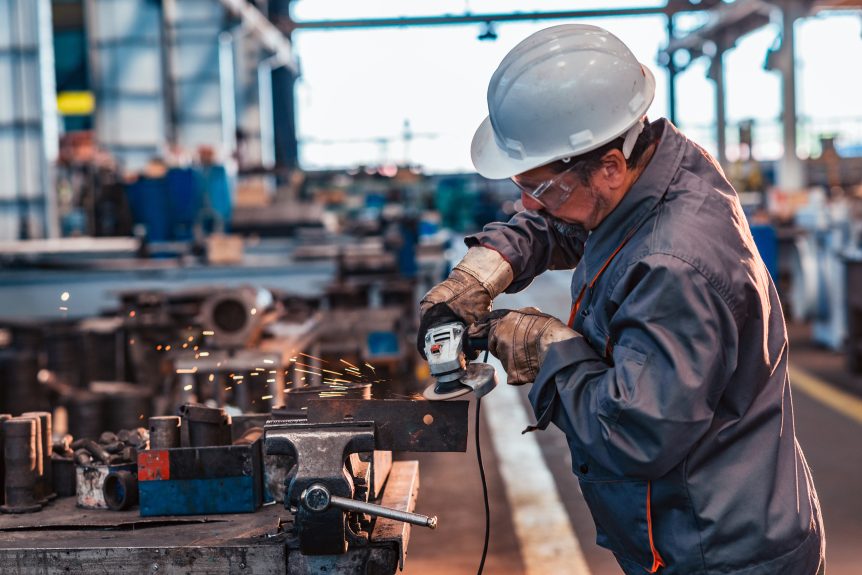The manufacturing industry is a critical driver of economic growth and innovation. However, the industry faces several significant challenges that must be addressed to ensure its continued success. This article highlights the top 5 challenges that the manufacturing industry is facing in 2023.
Workforce shortage and skills gap
The manufacturing industry is struggling to attract and retain skilled workers, as many experienced employees are retiring, and fewer young people are pursuing careers in manufacturing. This skills gap is exacerbated by the rapid advancements in technology, which require workers to possess a diverse set of skills, including digital and data literacy, problem-solving, and adaptability. Companies must invest in training and development programs to upskill their workforce and collaborate with educational institutions to promote manufacturing as a viable and attractive career path.
Supply chain resiliency
Global supply chains have become increasingly complex and interconnected, making them more vulnerable to disruptions caused by natural disasters, geopolitical tensions, and other unforeseen events. The COVID-19 pandemic has highlighted the importance of building resilient and flexible supply chains that can adapt to sudden changes in demand and supply. Manufacturers need to invest in technologies such as artificial intelligence, machine learning, and data analytics to improve visibility, optimize inventory levels, and identify potential risks in their supply chains.
Cost pressures
Manufacturers are facing mounting cost pressures due to rising raw material prices, labor costs, and regulatory compliance requirements. To remain competitive, companies must find ways to reduce costs and improve operational efficiency without sacrificing product quality or customer satisfaction. This may involve investing in automation and other advanced manufacturing technologies, implementing lean manufacturing practices, and exploring new business models such as servitization.
Cyberattacks
As the manufacturing industry becomes more reliant on digital technologies, it also becomes more susceptible to cyber threats. Cyberattacks can result in significant financial losses, damage to a company’s reputation, and even physical harm to employees and infrastructure. Manufacturers must prioritize cybersecurity by implementing robust security measures, regularly updating software and hardware, and training employees to recognize and respond to potential threats.
Navigating economic headwinds and supply chain instability
The global economic landscape is constantly changing, with factors such as trade disputes, geopolitical tensions, and fluctuating currency exchange rates creating uncertainty and instability. Manufacturers must be prepared to adapt to these challenges by diversifying their supplier base, exploring new markets, and implementing risk management strategies. Additionally, companies should closely monitor economic indicators and trends to make informed decisions and adjust their strategies accordingly.
Conclusion
In conclusion, the manufacturing industry faces a multitude of challenges in 2023. Addressing these challenges requires a combination of strategic planning, investment in technology, workforce development, and adaptability. By recognizing and proactively addressing these challenges, manufacturers can position themselves for success in an increasingly competitive and uncertain landscape.

